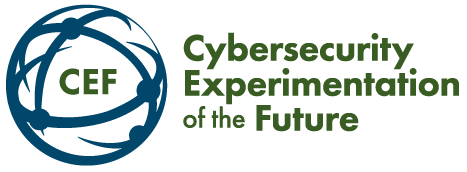Study Approach
Members of SRI International’s Computer Science Laboratory (SRI) and the University of Southern California’s Information Sciences Institute (USC-ISI) conducted the CEF study as a collaborative effort, with broad participation by members of the cybersecurity research, research sponsor, and customer communities.
An Advisory Group (AG), comprised of seven senior leaders from government, industry, and academia, helped inform and guide our work. The AG helped ensure the study focused on important, forward-seeking questions and issues, and that it engaged a wide set of participants from relevant areas and disciplines.
The study included three main thrusts:
- investigating existing infrastructure to understand what currently existed and could be used by the community,
- understanding what research infrastructure will be needed over the coming years that does not presently exist and the priority for investment dollars in developing that infrastructure
- developing a roadmap to realizing the needed reserach infrastructure.
Thrust 2 was done through a series of study group working sessions that involved three types of community stakeholders. Researchers who would use the infrastructure were first engaged to understand what they saw the the growing problems that would require research to address. We then engaged a combination of research users and infrastructure providers to identify the infrastructure requirements. Using the results from Thrust 1 (existing infrastructure study), we engaged infrastructure providers and funding organizations to identify gaps in needed capability and to prioritize those gaps based on limited funding. We then went back and performed a cross-study group meta analysis.

The outputs from each of these activities were synthesized and used to create a roadmap, which was captured in the final report.

